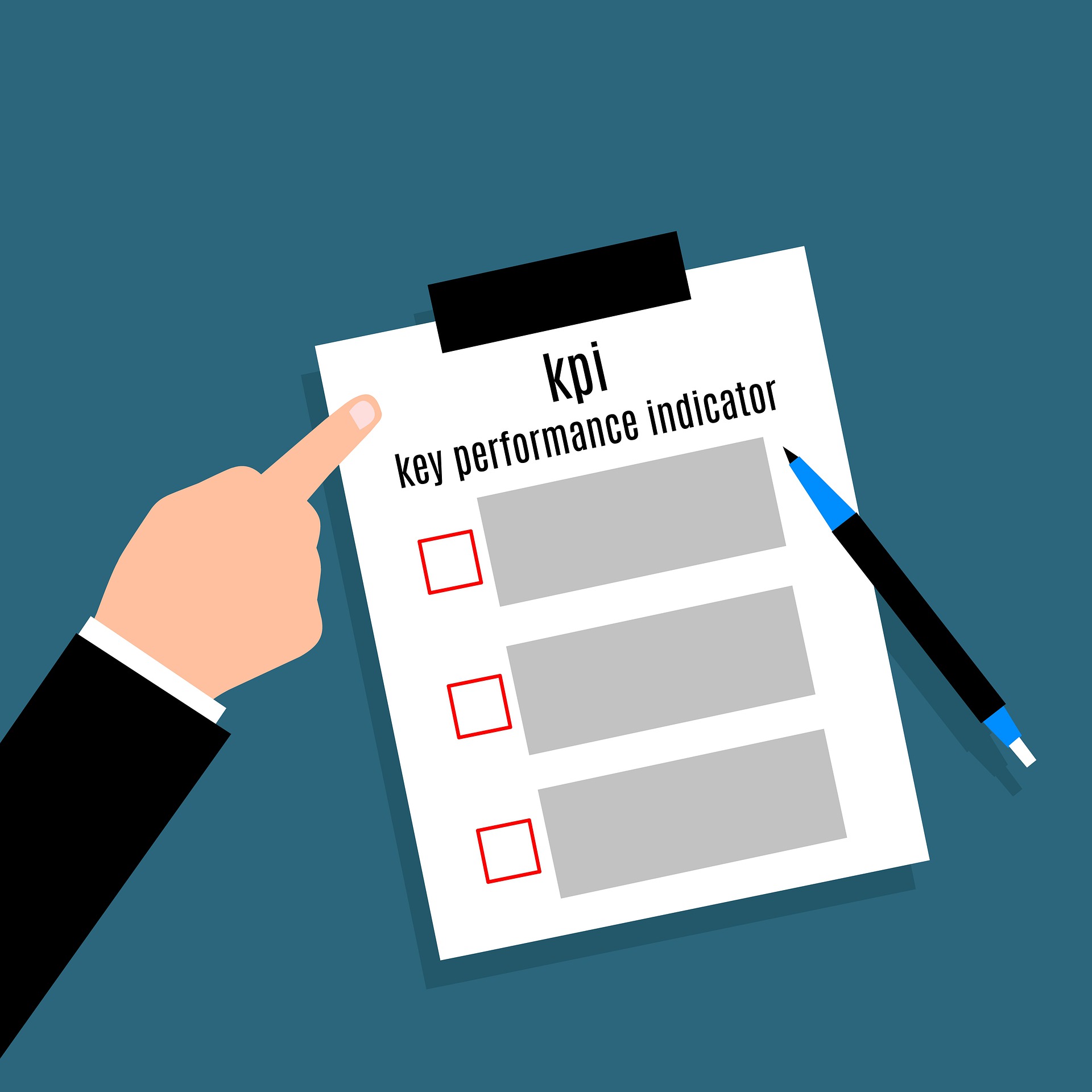KPIs, or key performance indicators, are quantifiable measures of a company's performance over an interval of time. KPIs vary from sector, company, and even department; but there are some recurring patterns when it comes to categorizing KPIs. The most common kinds of KPIs measure finances in someway--revenue growth, cash flow, profit margins, and so on. Other KPIs might be tied to product quality, labor expenses, customer retention and satisfaction, and waste management.
Writing for the Harvard Business Review in September, professor of management Graham Kenny touts KPIs as both a set of tools for assessing past performance and--when used properly--for making predictions about a firm's future performance. Let's consider professor Kenny's advice and explore ways that technology can enhance a manufacturing firm's use of KPIs.
Developing KPIs
According to the article from HBR linked above, establishing a firm's stakeholders is the first thing to do when building a set of predictive KPIs. In the article, professor Kenny draws upon his own experience working with a mining company, which ended up identifying four key stakeholders: "employees, suppliers, customers, and the holding company."
Then, they crafted KPIs for each of the four stakeholders. How? Well, they created their KPIs based the stakeholders' relationships to the company. Regarding employees, for example, "the company wanted staff to stay with the organization, so KPIs were developed around employee turnover." If employees enjoy their jobs enough to stick with the company, that's going to drive the company's success in the long run.
Other KPIs were developed for the other stakeholders. By the end of the development phase, the company had crafted 21 total KPIs. But they weren't done there. Next, they had to map the relationships between the KPIs themselves. By determining the ways the KPIs interact with one another, it became much easier to measure how one variable in the company's operation affected other variables. This imbued the company's new KPIs with a predictive power they would have lacked if the company never mapped these relationships. As a result, the mining company could see how, "poor employee relations... finally affect, up or down, investment from the holding company," for instance.
In short, getting the most out of your KPIs depends on how well they illustrate performance in the past and offer some predictive inferences for the future.
KPIs and Technology
All of this is fine and dandy, but if you have no way of tracking the data behind your KPIs, they aren't going to be of much use. Fortunately, thanks to innovations in the internet of things as well as cloud computing, there are numerous products on the market today to help firms measure their KPIs.
In fact, if you want to see an example of how such a product might work, iDashboards, a technology company based out of Michigan, has a free and interactive demo of a manufacturing KPI dashboard on their website*. The dashboard displays labor data, schedules, measures for both product and waste output, and figures surrounding rejected products. It also displays different data streams from different dates, enabling the user to compare changes in KPIs across time.
Many data analytics companies offer KPI measuring dashboards like this, often with customizable fields and settings. If you need help determining what to measure for your KPIs, how to track that data, and which products would be best for analyzing your data; give Titan Tech a shout today to schedule a free consultation.
And stick here for all your tech news.
*Titan Tech is not affiliated with or sponsored by iDashboards.

